Note to vegetable growers: how hybrid seeds differ from ordinary ones
Any gardener has heard that there are selective and hybrid varieties of vegetable crops. But not everyone knows how the seeds of hybrids differ from ordinary ones and how to determine their belonging to one or another. Information about this and about the difference in agricultural technology of varietal and hybrid plants will be useful to many novice vegetable growers.
Differences between cultivar and hybrid
You need to start, first of all, with the definition of the variety and hybrid. A variety is a group of cultivated plants obtained by selection and possessing a certain useful trait or traits that distinguish them from all other representatives of the same species.
New varieties are bred from other varieties as a result of a targeted selection of the best specimens. Usually, this requires more than one generation of plants, the work takes several years, or even decades. Closely related varieties that have similar characteristics are combined into varieties.
All varietal plants have the same appearance, economic and morphological characteristics and invariably transmit them to their offspring. Therefore, one can hope that from the seeds collected from the fruits of such plants grown in their own beds, vegetables will grow that are no different from the previous ones.
Varietal plants can be easily propagated and grown on your site for several years in a row without buying seeds from producers for this.
Hybrids are plants that are obtained as a result of controlled crossing of 2 or more parental forms (varieties or lines) that differ in genotype. The first generation of hybrids is designated by marking "F1", the second - "F2", etc. The purpose of obtaining them for breeders is to use the phenomenon of heterosis, or the enhancement of vitality, manifested when "parents" are combined with different genes.
In practice, this translates into the following advantages:
- acceleration of growth and development, adaptation to adverse conditions;
- a sharp increase in viability, early maturity or yield;
- increased resistance to diseases, pests;
- simultaneous fruiting;
- increase in transportability and keeping quality of fruits.
Agricultural enterprises usually prefer to grow all sorts of hybrids, rather than varieties. However, hybrids, as a rule, are inferior to varietal vegetables in flavor saturation and nutritional value.
And now about the main difference between some of the others. The fundamental difference between them lies precisely in the stability of the transmission of characteristic features to generations of descendants. In hybrids, the traits for which they are obtained are extremely unstable and decay into the original ones, starting from the second generation.
Plants obtained from seeds taken from the fruits of F1 hybrids lag behind them in many respects and grow not so fast. They are less productive, and this is one of the main characteristics that distinguish hybrid plants from varietal ones. This is why harvesting seeds from hybrid fruits is not worth it. The only correct decision in this case is to buy the seeds of the hybrid you like from vegetable stores every season again. Moreover, you need to choose a manufacturer with a good reputation, and not take what you have to from random sellers.
How to identify varietal and hybrid seeds
Visually, according to external signs, this is impossible to do. In this respect, the variety is no different from the hybrid: all the seeds of plants of the same species are similar to each other in size, shape and color.
Some growers have noticed that the seeds of the hybrids are smaller and more uniform in size.This is most often the case, but it is not always necessary to count on this alone. The evenness of the seeds is explained by the fact that they are calibrated on special installations.
Hybrids are more difficult to obtain, so their seeds are more expensive, especially the newest varieties. Also, most often they are treated with protective substances of bright colors - in any case, foreign companies always carry out such processing of their products. These are indirect signs by which hybrids can be distinguished from varieties.
In fact, the only way to identify hybrid seeds is by marking "F1" or "F2" after the name, indicating a hybrid of the 1st or 2nd generation. Such information is always placed on the package with seeds on both sides, it is difficult not to notice it.
Features of agricultural technology
You can't just choose one or another variety of vegetables, buy seeds and count on a high yield. For them to show their full potential, plants need to be provided with certain growing conditions and constant care.
The technology of cultivating varieties and hybrids requires timely watering and fertilization, because without nutrients coming from the soil, a good harvest cannot be obtained. This is especially true of hybrids, since they are more productive, and therefore need more intensive nutrition.
Plants need to be protected from weeds by regularly removing them from the beds so that they do not draw nutrients from the soil; protect from pests and diseases, that is, during the growing season, carry out spraying - preventive or therapeutic in case of detection of diseases. If you do not take care of the plants, not a single one, even the best one, will be able to give the entire volume of the crop declared by the breeders.
So, it is very simple to determine if the seeds are varietal. When buying them, you need to pay attention to what is written on the packages, and save them so that you can always clarify the information.
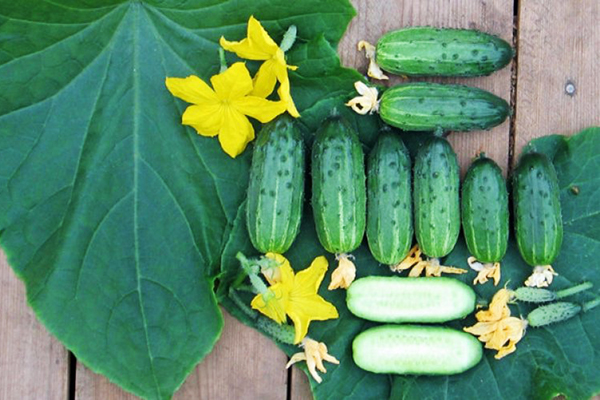

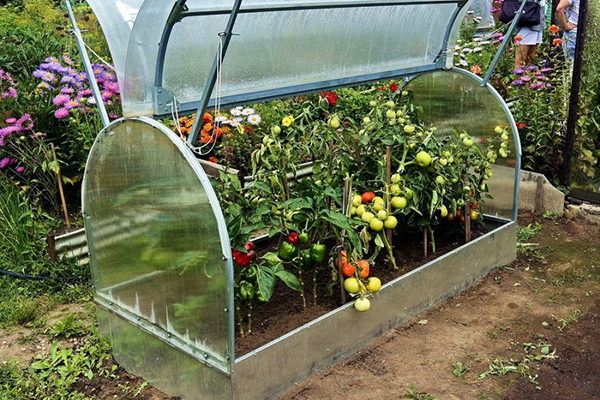
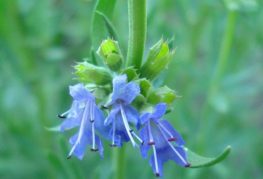
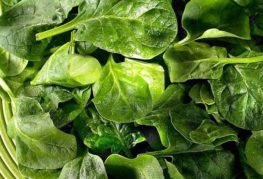
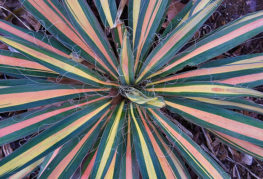
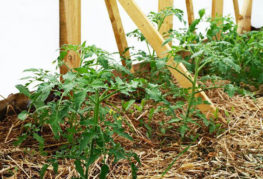


and will be published shortly.